Gin cocktail recipes
Make the most of your bottle of gin by exploring some of our favourite gin cocktails. As well as the best gin cocktail recipes, you will find which gin offers the best flavour for each cocktail, the glasses to use and how to garnish your masterpiece perfectly. From the classic G&T to the much-loved negroni, explore how to balance your flavours and create the best gin cocktail every time.
Extend your gin cocktail repertoire with our simple gin cocktail recipes. From the classic G&T to a refreshing gin fizz, explore some of the best botanical beverages from some of Britain’s greatest mixologists. When it comes to gin, we got to thinking that despite it being famed as a summer speciality, we quite enjoy a gin or three all year round, and when you consider all the cocktails you can make with it, you should really make sure you have a bottle handy wh atever the weather. Let’s face it, gin is for all seasons and, thanks to the explosion of small distilleries in recent years, there’s plenty of choice to be had. Start to explore our selection of the best gin cocktail recipes that every amateur bartender needs to know.
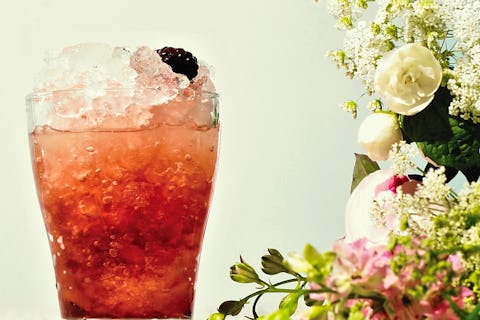
3 mins

5 mins
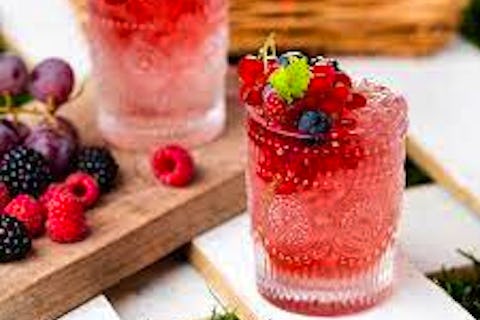
2 mins

10 mins
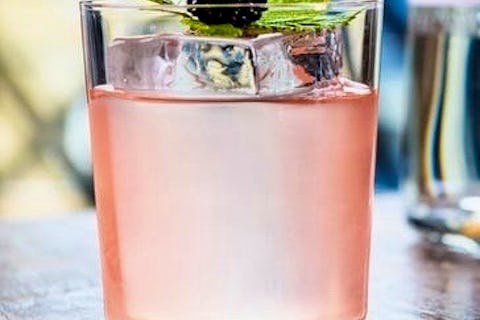
5 mins
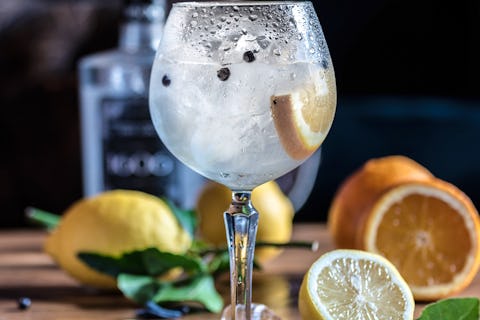
2 mins
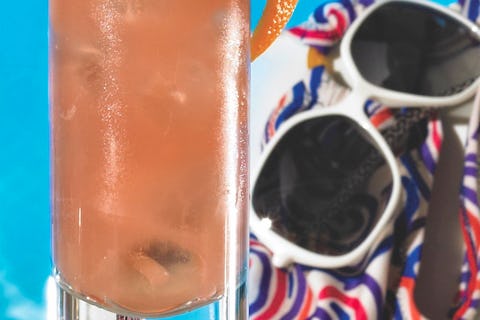
5 mins
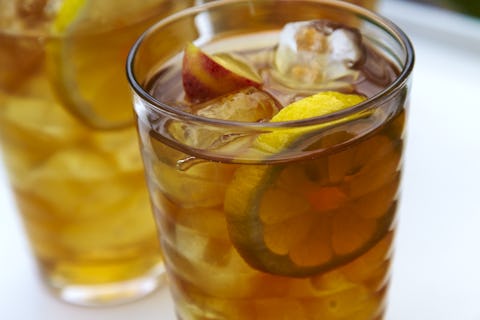
5 mins
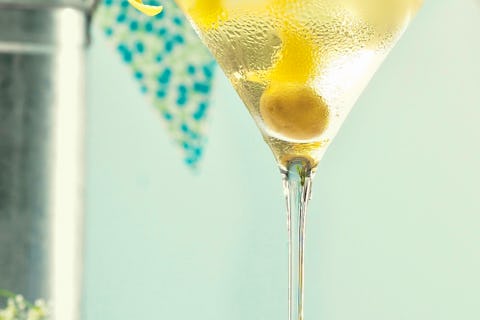
3 mins
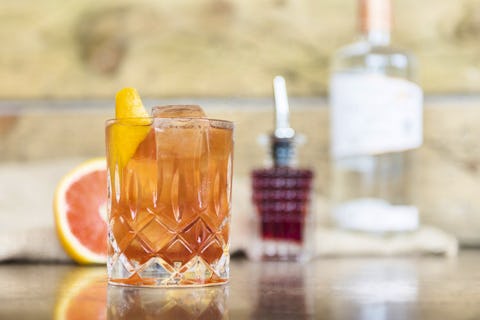
5 mins
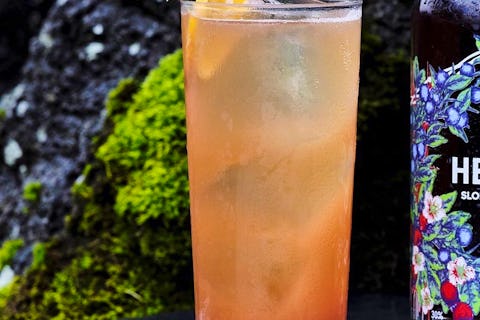
3 mins
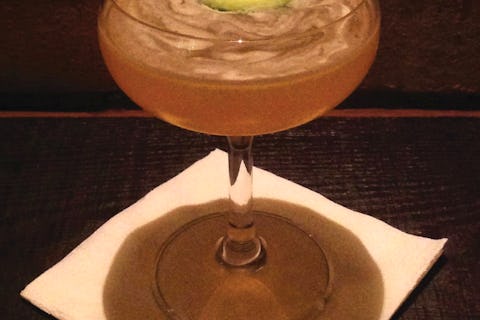
4 mins
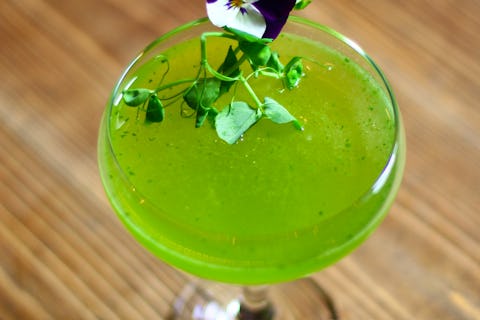
5 mins
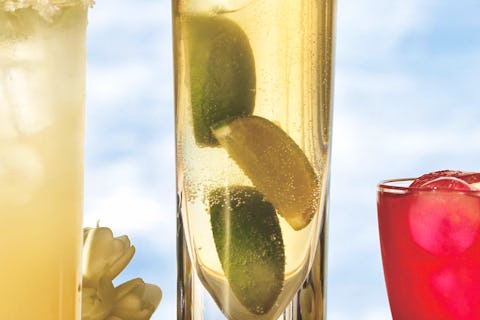
3 mins

3 mins
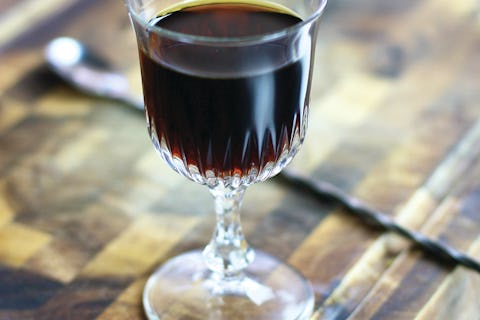
4 mins

4 mins
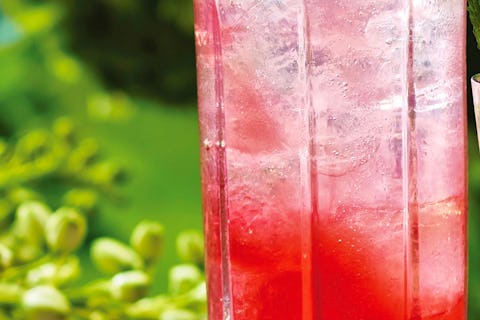
4 mins

5 mins
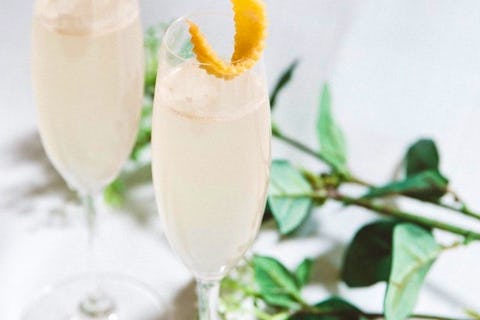
5 mins

10 mins

10 mins

10 mins

5 mins
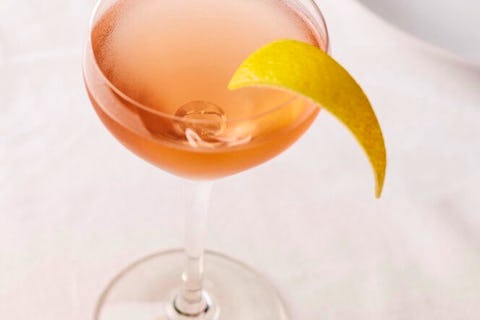
5 mins
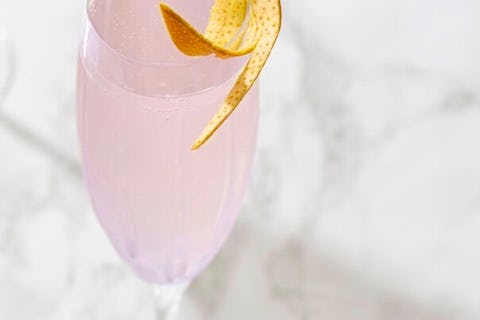
5 mins
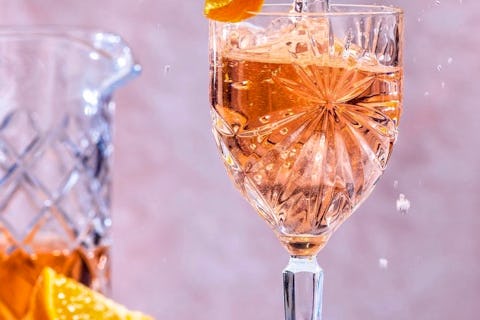
5 mins

5 mins
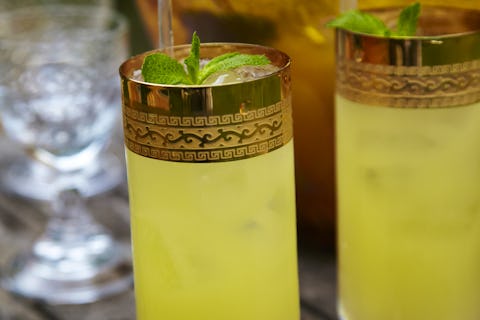
3 mins
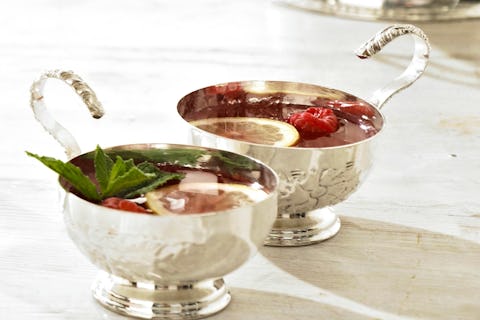
10 mins
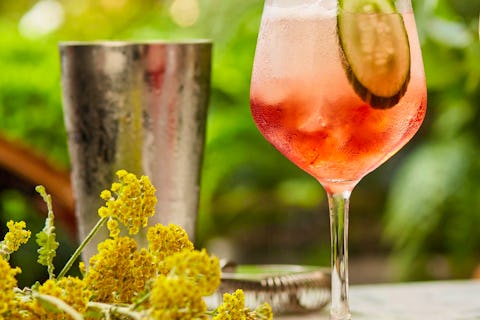
4 mins
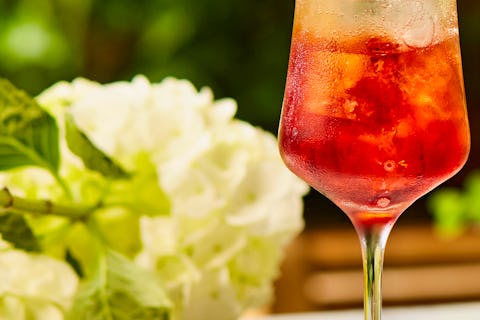
5 mins
About gin and gin cocktails
Gin’s main ingredient is derived from juniper berries but there are many styles, origins and flavours to choose from. In recent years gin has become increasingly popular and rather than just the humble G&T, there are many drink options out there for gin drinkers.
Pink gin
Pink gin was originally made by adding angostura bitters to clear gin. These days, pink gin is created with the addition of any pink soft fruit to add sweetness and a blush shade - popular choices include strawberries, rhubarb and raspberries.
Flavoured gin
From rhubarb to lemon sherbert, there is a gin flavour out there for everyone. Although purists may prefer to stick with a more traditional gin, flavoured options mean you can get even more creative when mixing up a cocktail. Sloe gin Sloe gin is red in colour and has a distinctly different flavour to traditional clear gin. It is made predominantly from sloe berries which give the unique colour and flavour.
Explore more about your favourite tipple by reading our guide to the best gins.
Gin FAQs
We answer some of the most asked questions about one of Britian's favourite beverages.
What is gin made from?
The main ingredient that is present is all gins is juniper berries and that is what gives gin its distinctive and recognisable flavour.
Coriander and angelica root are also key, along with citrus peels, orris root and liquorice. Beyond this core, skilled distillers can let their imagination run wild, using a whole host of botanicals from spicy peppercorns and star anise to almonds, camomile, rosemary, lime, kumquats and cucumber. An individual gin recipe can contain anything from seven to 20-plus botanicals
How is gin made?
Gin starts life as a neutral spirit made from grain (usually wheat). This base spirit is then flavoured with botanicals – fruit, seeds, herbs and spices – in one of several different ways. The range of different production methods, combined with the enormous range of possible botanicals, explain why there is such a huge selection of gins out there to try, with new ones being created all the time.
Where does gin originate from?
Unconfirmed sources state that gin was first drunk in Italy in the 11th-century when Monks would make a drink with a juniper berry base. However, it is Holland that is credited with creating gin in the form that we know and love.